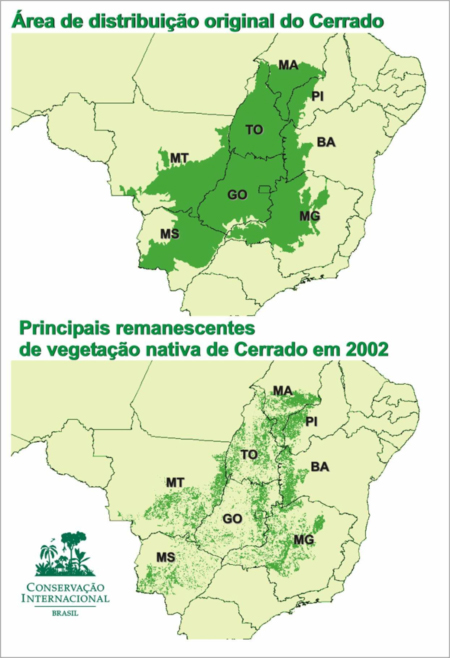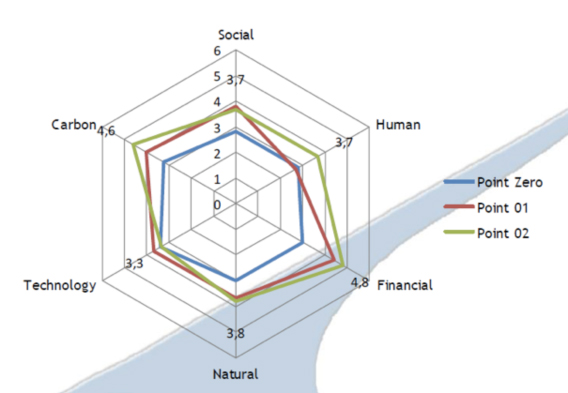Our 21st century economy faces to twin challenges – biodiversity loss and climate change – and in Biodiversity and Social Carbon, authors Divaldo Rezende and Stefano Merlin,
describe the Social Carbon methodology and its approach to protecting and enhancing
biodiversity while mitigating climate change. Moreover, the authors also provide numerous case studies on how the Social Carbon methodology functions.
The Social Carbon methodology, first developed in response to biodiversity loss and threats in Brazil, provides an innovative way for local sustainable
development to integrate measurement, monitoring, and analysis of six key criteria and is available globally with application of the Social Carbon
methodology throughout Asia, Latin America, and the Middle East. These six key criteria are: financial, carbon, social, biodiversity, natural
resources, and human development.
All projects that apply the Social Carbon methodology also must meet a rigorous process including third-party audit of project documents and monitoring
results leading first to validation, and if a project is successfully implemented, to verification. After verification by an approved third-party
auditor, a project will be issued offsets. The Social Carbon methodology is in fact often applied in conjunction with carbon standards such as the Verified Carbon Standard and Clean Development Mechanism. A list of projects that have been validated and verified to
both the Verified Carbon Standard and the Social Carbon methodology is available here.
By coupling a carbon standard and the Social Carbon methodology, project proponents achieve greater oversight of their work which can promote higher
quality integrity regarding results from the proposed project.
For example, the Milenium Ceramic Switching Non Renewable Biomass Project has
been audited under both the Social Carbon standard the Verified Carbon Standard. In this project, the project proponents, instead of using native
firewood from the Cerrado Biome in Brazil to fuel the ceramic kilns to produce industrial ceramics, use renewable energy resources as a replacement
fuel. This fuel switch is only possible with the inclusion of the income derived from the sales of carbon credits while decreasing greenhouse gas
emission potentially up to 233,710 metric tons carbon dioxide equivalent over the ten year period from 2007 to 2017. This project decreases Cerrado
Biome degradation and destruction as shown in Figure 1: Cerrado Biome Destruction below and available here:

Cerrado Biome Destruction
The
Milenium Ceramic Switching Non Renewable Biomass Project scorecard,
demonstrated in Figure 2: Graphical Representation of the Enterprise’s Sustainability Performance, 2010, has improved as audited by the
independent third party auditor. For this project, the Technology criteria has replaced the Biodiversity criteria because the project is replacing
Cerrado natural firewood for kiln firing with eucalyptus trees.

Graphical Representation of the Enterprise’s Sustainability Performance, 2010
In summary, describes the value of
applying the Social Carbon methodology in conjunction with carbon accounting standards
and includes roughly 15 valuable case studies on how the application of the Social Carbon methodology has improved the livelihoods of local communities
and maintained or enhanced biodiversity while mitigating climate change.
How to order:
Biodiversity and Social Carbon
Paperback: 141 Pages, $62.00
Publisher: Environmental Finance Publications, 2010
Authors: Divaldo Rezende and Stefano Merlin
Gabriel Thoumi frequently contributes to Mongabay.com.













